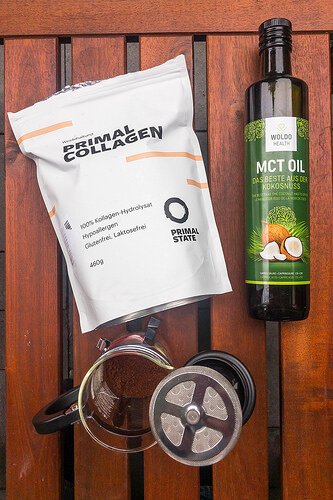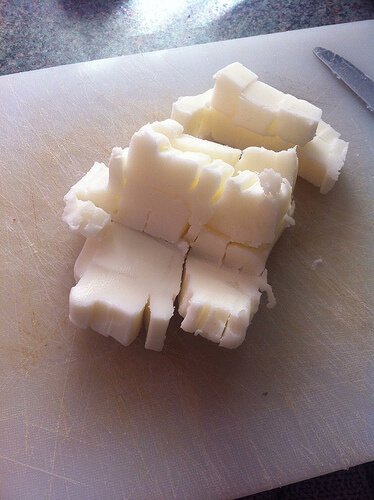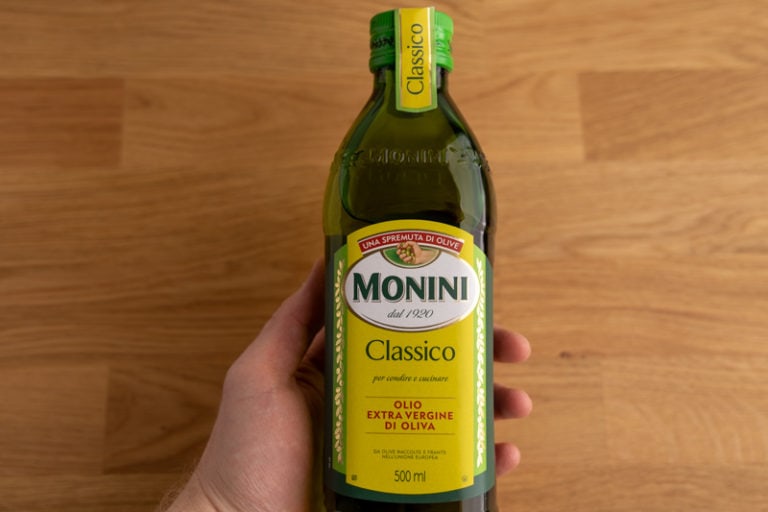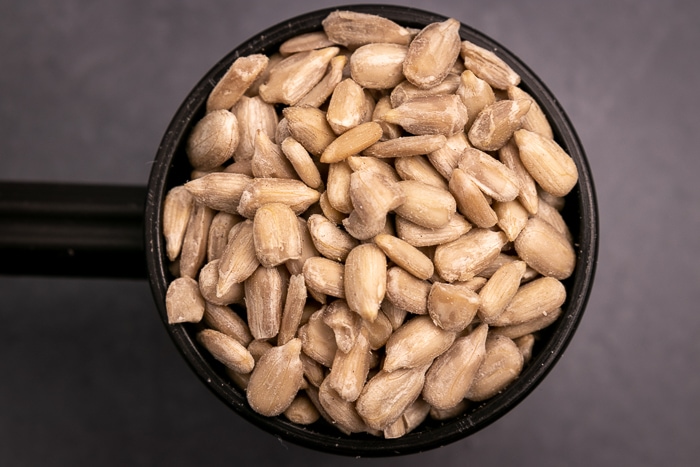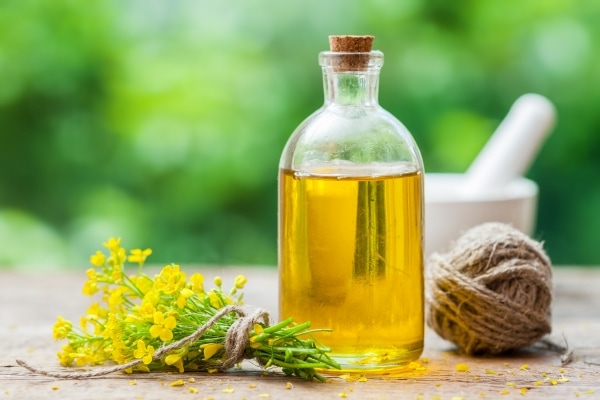How to Tell if Your Oil Is Rancid
Got a bottle of old oil and not sure if it’s already rancid or not? How to tell if oil is rancid?
If your oil smells bitter, soapy, or its smell reminds you of chemicals, it’s most likely rancid. If smell alone isn’t enough to tell if the oil is rancid, take a small sip. A harsh, bitter taste is another sure sign of rancidity.
That’s the short version. Next, let’s talk about the signs of rancidity in more detail.
While the article talks about oils, you can notice similar signs in many other food products. Other fats, such as Crisco or lard, show similar characteristics, and so do products fairly rich in fat, like nuts (e.g., almonds or walnuts).
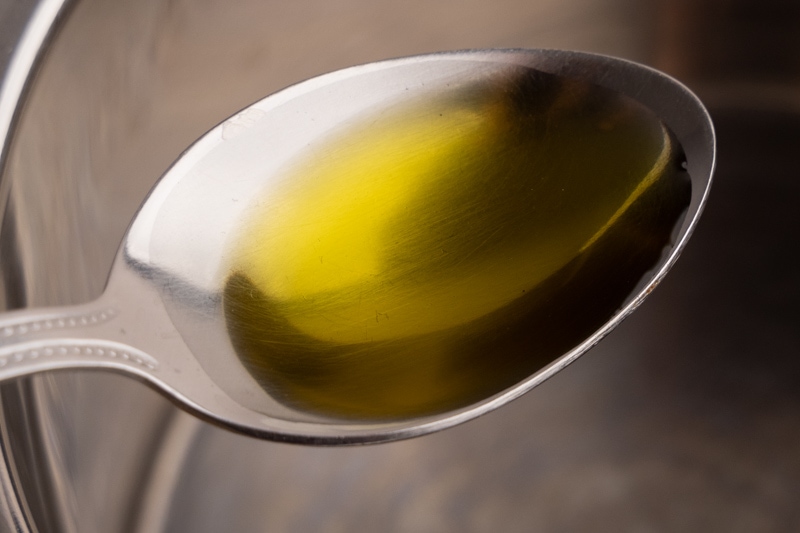
What Does Rancid Oil Smell Like?
There are dozens of ways people describe the smell of rancid oil. The most popular terms include:
- bitter
- stale
- like play-dough
- similar to nail polish remover
- like crayons
- putty-like
- soapy or detergent-like
- like old paint
If either seems like an accurate description of how your oil smells like, it’s most likely rancid.
But things aren’t always as black and white as we’d like them to be, and you might need to dig a bit deeper if a quick sniff isn’t conclusive.
If there’s little oil left in the bottle, simply removing the cap and giving the bottle a good whiff might not be enough. In such a case, pour a teaspoon of oil and sniff it instead.
The same can help if you’re not sure if the oil is rancid or not after simply sniffing an open bottle.
Now, telling if your oil smells bitter or off in any other way is relatively easy if it’s a refined oil that has a neutral aroma (e.g., canola oil or refined coconut oil). However, things get tricky when it’s an oil with a distinct aroma (e.g., extra virgin olive oil or unrefined coconut oil).
Here’s how you can go about telling if an unrefined oil is rancid:
- The sniff test. As mentioned, this one is a bit more difficult for some oils but still doable. The key here is knowing how the oil is supposed to smell. The easiest way to find out is to give it a good whiff after first opening a fresh bottle. If the way your old oil smells right now has little in common with how it used to smell, you know it’s bad.
- The taste test. It’s often much easier to tell if there’s something wrong with the oil after tasting it than after merely smelling it.
Let’s talk about the latter in more detail.
What Does Rancid Oil Taste Like?
To check if your oil is rancid, take a small sip, suck on it with your lips (like you were using a straw) and lick it. If it tastes bitter, sour, or stale, it’s clearly rancid. If you notice some off-flavors, assume that it’s bad too.
Once again, it’s not always easy to tell if the oil that you just tasted is rancid or not. That’s the case for many unrefined oils. Plus, in some cases, you might be so used to the rancid taste (and smell) that you don’t even notice that something is wrong.
(Olive oil is famous for that, which I mentioned in the How long does olive oil last? article.)
Because of that, if your oil is way past its date, it’s probably better to err on the side of caution and toss it, even if you’re not quite convinced that it’s rancid.
And if you want to be better prepared for similar situations in the future, sniff and taste various unrefined oils right after opening them for the very first time.
This practice helps you develop your palate and build foundational knowledge about how oils smell and taste. This way, next time you’re dealing with old oil, you’ll be able to tell if it’s done for more easily.
Last, while rancidity is a result of oxidation, eating a small amount of rancid oil won’t make you sick. That means you don’t need to worry after ingesting a teaspoon of oil that’s rancid.
Rotten Records: Share Your Snap!
Caught some food past its prime? Upload your photo to “Rotten Records” and help others spot the signs of spoilage. Every image makes our food community safer and more informed!
